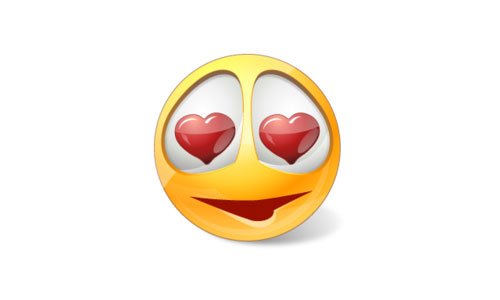Five Brands That Capitalize on Emotion and Sentiment
With Valentine’s Day right around the corner, it got me thinking about brands and how they capitalize on sentiment and emotions like love. For many brands, it’s almost like Valentine’s Day is all year ‘round! The thing to remember as business owners, marketing professionals, sales reps, etc., is that everything you do when it comes to selling your brand story should be tapped into emotion to make a connection with your audience.
There are so many to talk about, but here are a few brands that stood out for their use of emotion and sentiment. Side note: we left out Hallmark and Carlton Cards because, well, their entire business is based on emotion and sentiment.
Coca-Cola: Happiness
Coca-Cola is in the business of sharing happiness all over the world. They have tried to overcome health discussions by associating their product with happiness. It is important to note that the Coca-Cola brand is rooted in nostalgia, so this shift in thinking refreshed the brand.
There were so many clips to choose from, but we love this one… and particularly the random rabbit in there…
[youtube=http://youtu.be/6Ih0Drtuufc]
Dove: Self-love
Dove has been working on self-esteem since 2004 with their campaign for Real Beauty. From using real women in their ads to branded video content, their message has gone viral, and it evolved into a longstanding campaign that keeps building. Research showed that only 2% of women around the world would describe themselves as beautiful, and they sought to change that, to empower women to see their own beauty.
You have probably seen it, but watch it again. We can always use this message!
[youtube=http://youtu.be/XpaOjMXyJGk]
Toys R Us Canada: Nostalgia
Toys R Us Canada recently came out with its campaign to celebrate 30 years. Rather than focusing on the product, they celebrate never growing up and encourage people to take an oath. We took the oath, did you?
[youtube=http://youtu.be/hQkaNWoZ9eM]
Tim Hortons: Nostalgia, National Pride
When Tim Hortons partnered up with Burger King (we don’t really want to talk about it…), many Canadians felt like a piece of them was being ripped away. We have become so accustomed to the ad campaigns that are rooted in a long history in Canada and a love of hockey. Most Tim Hortons campaigns touch on nostalgic to draw people into the brand story. A cup of Tim’s has become a symbol for Canada
[youtube=http://youtu.be/Z4hnQs0w_LU]
Nationwide: Fear
By now, even if you don’t watch football, you have likely seen or heard of the Make Safe Happen TV spot that was unveiled during the Super Bowl this year. Fear isn’t always the best emotion to tap into with your audience unless you are selling a horror film. For most of us, it is our natural instinct to run from fear. In this case, the placement of the ad made it worse, because while people were celebrating and having fun, this ad creeped everyone out. We get that it further bolsters their message of “it could happen any time,” however, the goal of any campaign should be to draw people in, not turn them away. So in spite of getting buzz, not all buzz is helpful to your brand.
[youtube=http://youtu.be/dKUy-tfrIHY]

